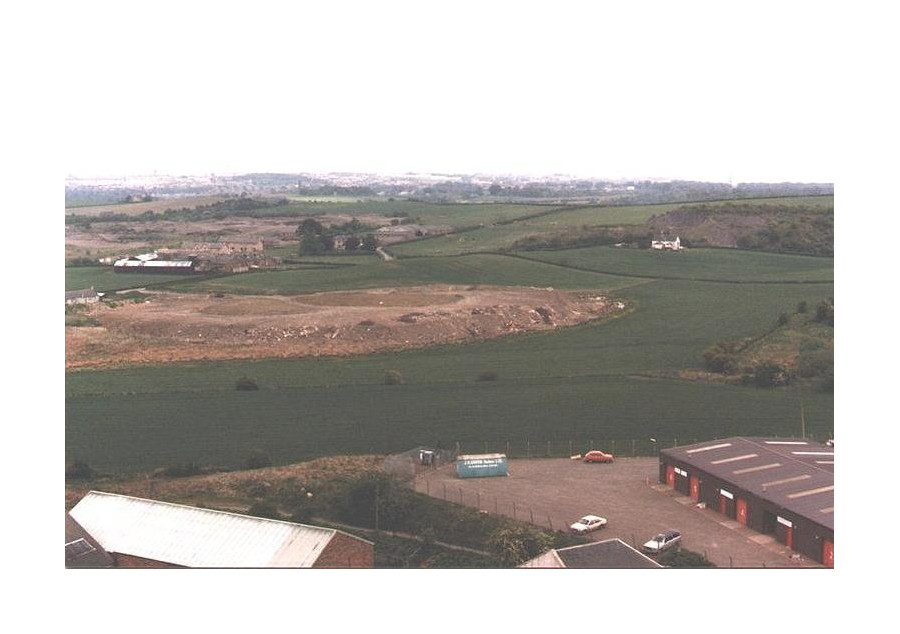History
Origins of Drumsagard
Drumsagard Village was home to a 14th-century stone castle. The original names were Drumsargart or Drumsargard, meaning "ridge of the priest."
The castle was built on an artificial mound to avoid the flood-prone land in the area.
Medieval Period
The castle was originally owned by John Moray of Drumsagard. However, the land was forfeited in 1306 by Edward I for supporting Robert the Bruce.
Around 1370, the property came under the ownership of the Douglas family.
Hamilton Era
In 1455, the land was gifted to the Duke of Hamilton by James II.
By 1770, the castle stones had been removed to build Hallside farms. The Barony name was changed to Cambuslang in the 17th century.
The Hamiltons retained the land until the 1920s.
Modern Development
The area remained largely undeveloped farmland until modern times, when it was transformed into the residential community we know today.

The area before modern development
